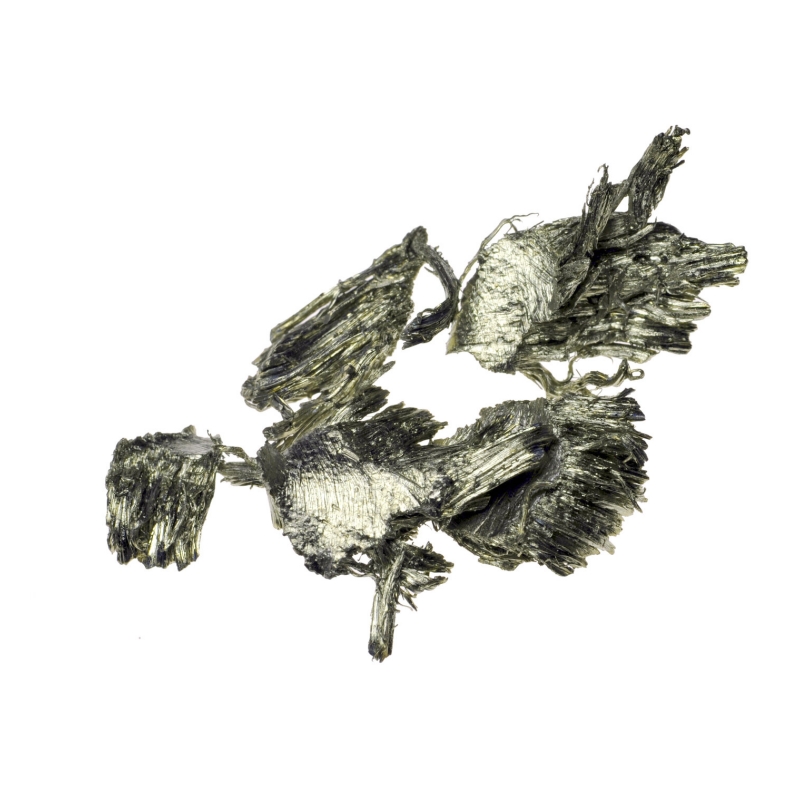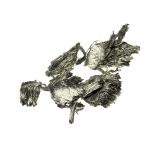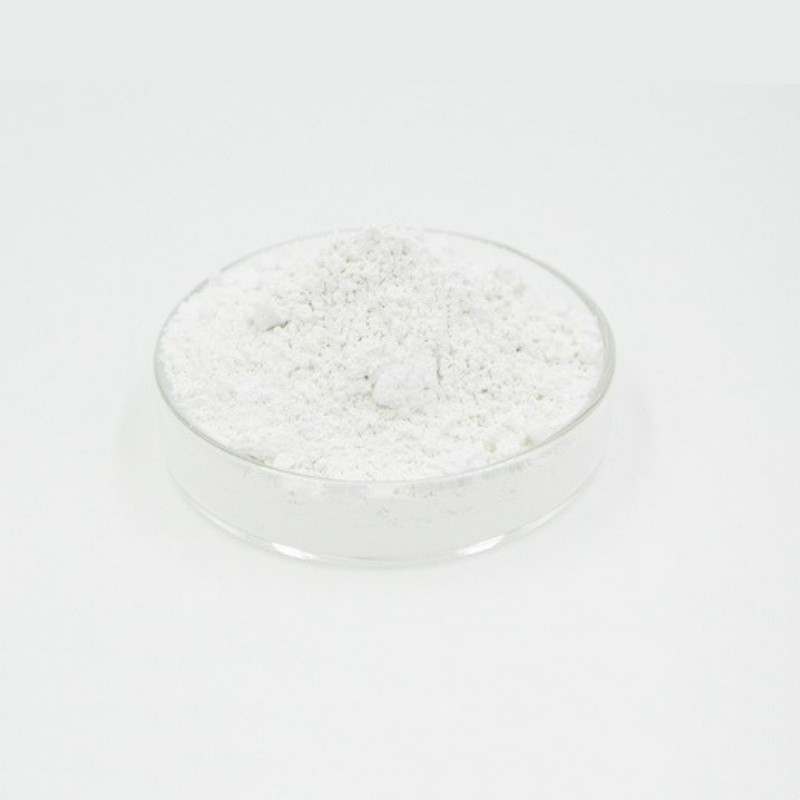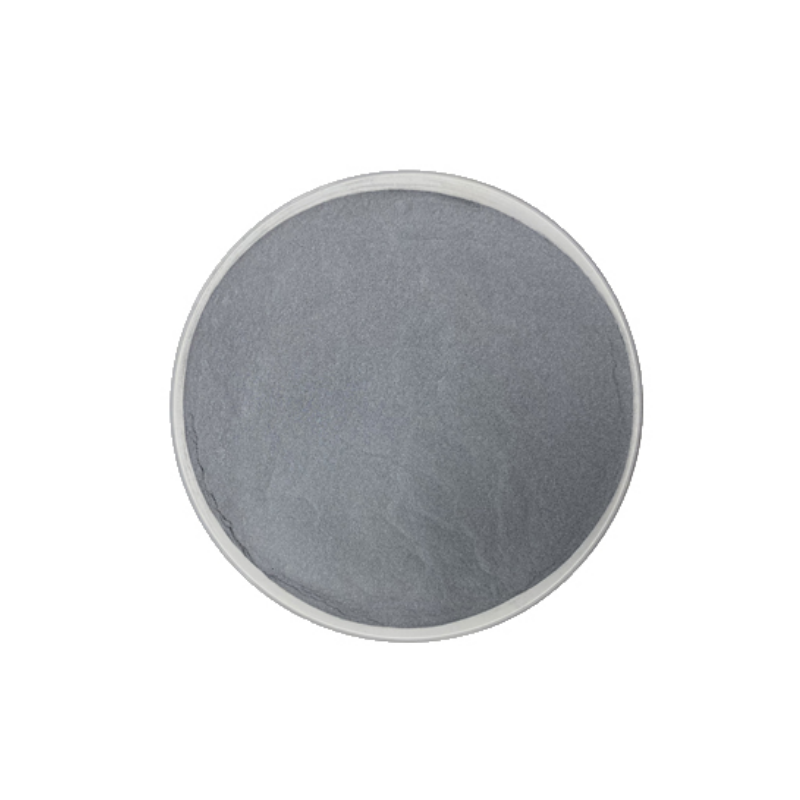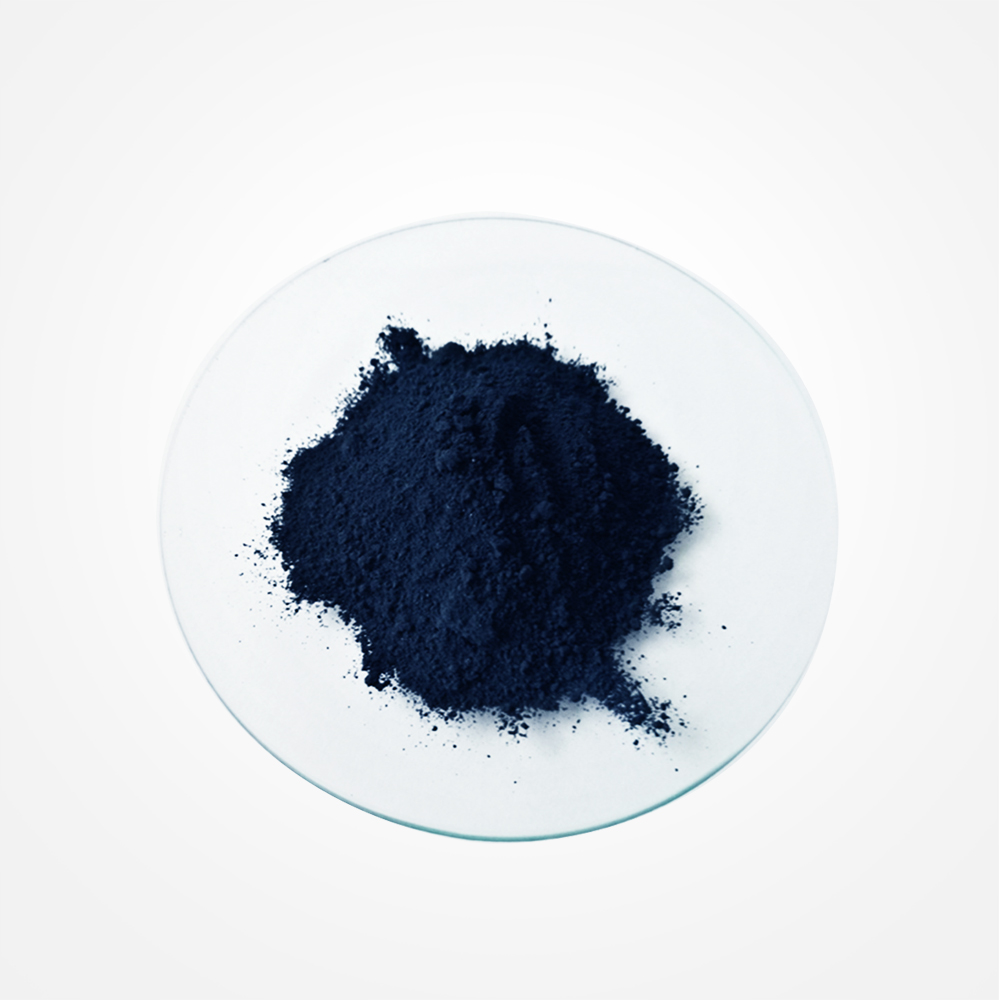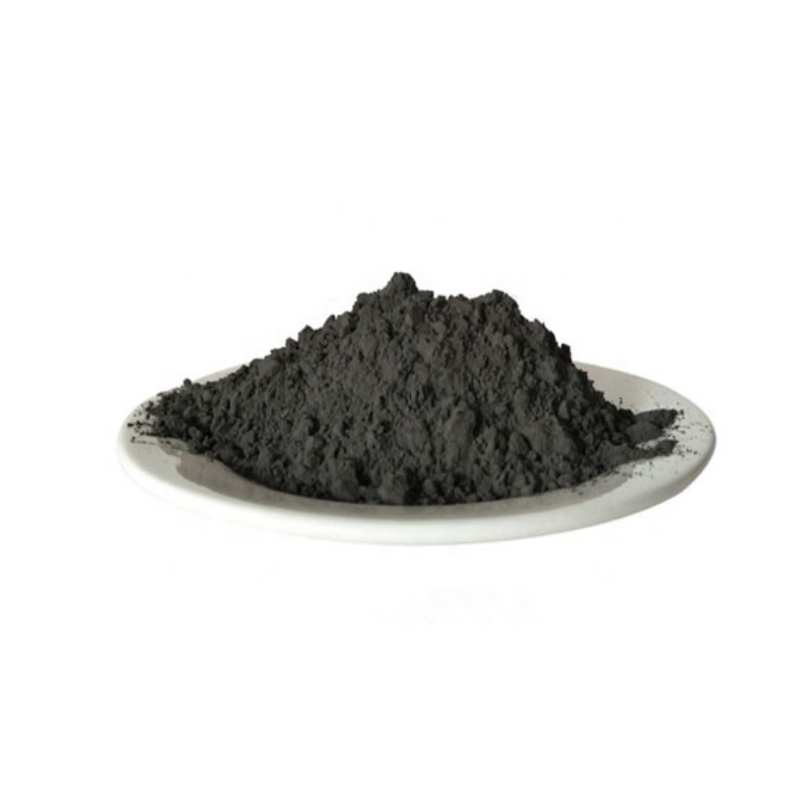Product Overview
Scandium lumps are made from high-purity scandium metal, offering excellent physical and chemical properties. Scandium is a soft, silver-white metal classified as a transition metal, with a density of 2.989 g/cm³, a melting point of 1539°C, and a boiling point of 2831°C. Due to its excellent corrosion resistance and high-temperature performance, scandium is widely used in alloy materials, catalysts, high-performance ceramics, and energy sectors. Scandium lumps are commonly used for further alloy processing or for special applications in high-temperature and high-pressure environments.
Product Features
- High Purity:Available in various purity levels including 3N, 3N5, and 4N, to meet diverse industrial requirements
- High-Temperature Stability:Scandium lumps possess excellent resistance to high temperatures, making them suitable for high-temperature environments
- Corrosion Resistance:Strong corrosion resistance in air, allowing long-term use in harsh conditions
- Ease of Processing:Scandium lumps exhibit good ductility, allowing easy processing into different shapes and materials
- Wide Range of Applications:Essential in numerous high-tech fields such as alloys, ceramics, and catalysts
Applications
- Aluminum-Scandium Alloys:Scandium lumps are used in the production of aluminum-scandium alloys, improving alloy strength, corrosion resistance, and high-temperature performance
- Fuel Cells:In fuel cell applications, scandium acts as a key material for enhancing energy efficiency
- Catalysts:Scandium lumps serve as a vital catalyst in petrochemical processes, including heavy oil hydrotreating and refining
- High-Temperature Alloys:Scandium is widely used as an additive in high-temperature tungsten and chromium alloys, enhancing their stability at elevated temperatures
- Laser Technology:Scandium is used as a base material for laser crystals and optical materials
| Element | Measured Value | Standard Value | Unit | Element | Measured Value | Standard Value | Unit | Element | Measured Value | Standard Value | Unit |
| Li | Zn | ppm | Nd | 1.5 | ppm | ||||||
| B | Ga | Sm | 0.5 | ppm | |||||||
| F | Ge | Y | 14 | ppm | |||||||
| Na | As | ppm | Eu | 0.58 | ppm | ||||||
| Mg | 3 | ppm | Se | Er | 1 | ppm | |||||
| Al | 56 | ppm | Zr | Gd | 7 | ppm | |||||
| Si | 35 | ppm | Nb | 5 | ppm | Tb | 3 | ppm | |||
| P | Mo | 3 | ppm | Dy | 3.5 | ppm | |||||
| Cl | Pd | ppm | Ho | 2.5 | ppm | ||||||
| K | Ag | Tm | 0.2 | ppm | |||||||
| Ca | 9 | ppm | Sc | Matrix | wt% | ||||||
| Ti | 10 | ppm | Sb | ||||||||
| V | Lu | 5.5 | ppm | ||||||||
| Cr | Yb | 0.2 | ppm | ||||||||
| Mn | ppm | Ta | 306 | ppm | C | 37 | ppm | ||||
| Fe | 81 | ppm | W | 7 | ppm | S | |||||
| Co | La | 2.5 | ppm | O | 105 | ppm | |||||
| Ni | 11 | ppm | Ce | 4 | ppm | N | |||||
| Cu | ppm | Pr | 2 | ppm | H |
 new material
new material

